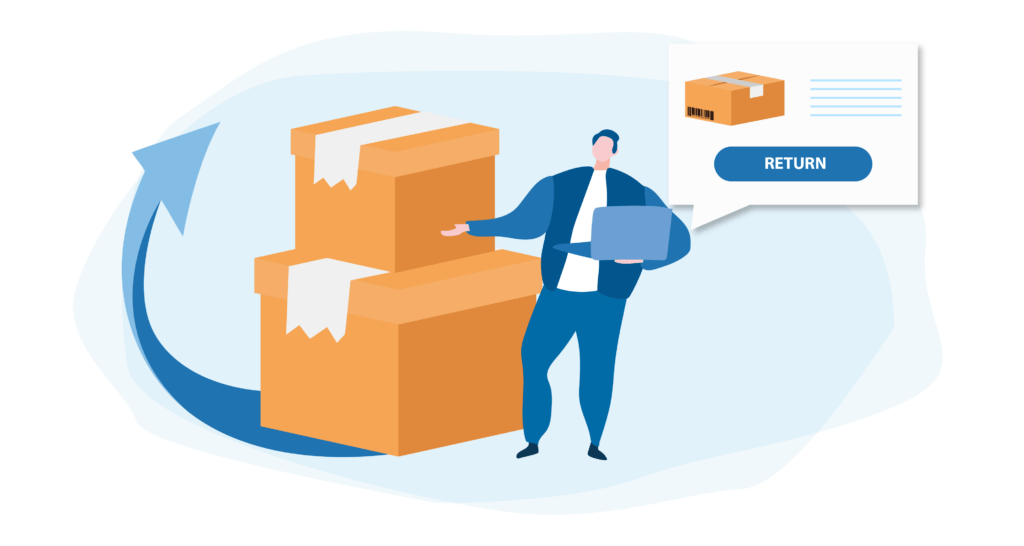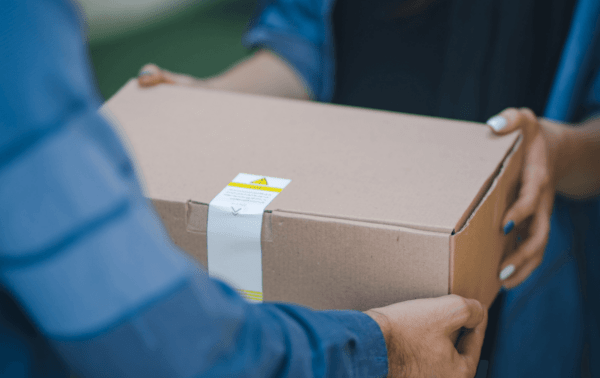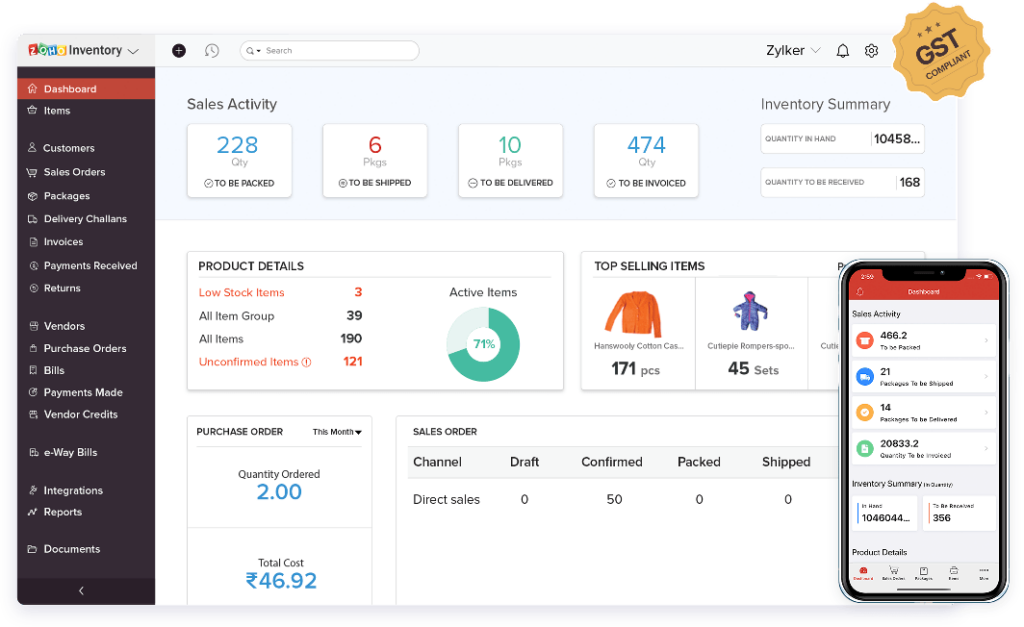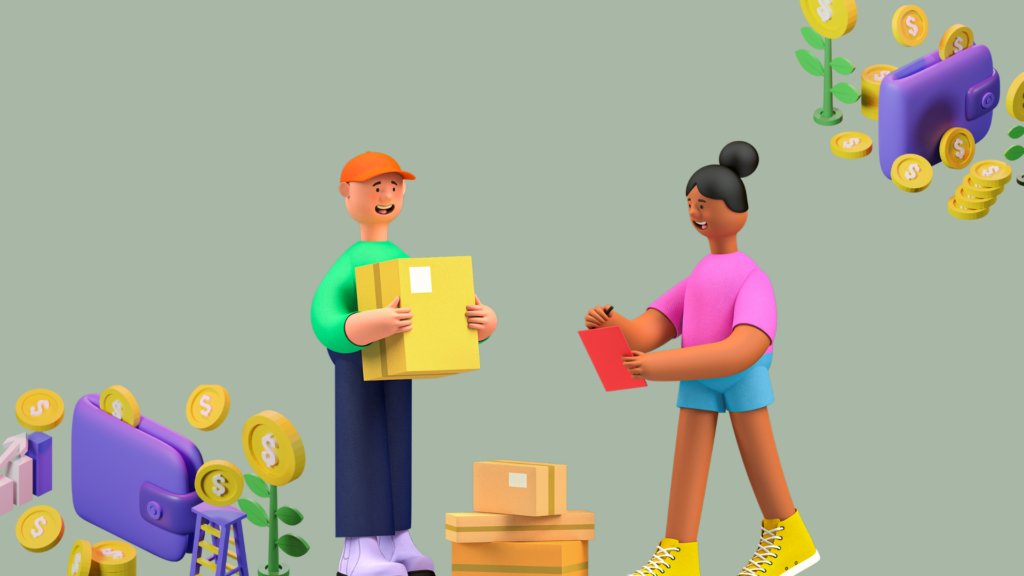
It’s like a game of chess to run an online store. But instead of moving pieces on a chessboard, you move them around the world to fill customer orders. If those orders start coming back, it could be the end of your business. If you know how to cut down on RTO in ecommerce, your business will be able to stay profitable.
What is Return to Order?
Before you can reduce RTOs, you need to know what an RTO is in ecommerce. RTO means “go back to where you came from.” It’s when a customer sends a package back to the warehouse or when a package doesn’t get delivered.
Many things can cause an RTO order. The customer might not have liked what they got. Or, there might not have been anyone there to take the order, or the customer might have given the wrong address. No matter why, RTO orders can be expensive for online stores.
Why RTO is a nightmare for businesses that sell things online
RTO orders can be the worst thing for your business. When a customer sends something back, ecommerce businesses often pay for the shipping back. Companies also have to keep track of things that are stuck in transit. While the items are in transit, they can’t be restocked and sold to other customers.
Also, restocking these orders comes with a lot of costs. To handle and process the orders that have been sent back, you need staff. Also, employees have to check returned items to make sure they aren’t broken before putting them back on the shelves.
Most of the time, customers pay for products before you give them a refund. But if there is an RTO for a cash-on-delivery order, you are responsible for the cost of the order, plus shipping and return shipping. By lowering RTO in ecommerce, your company can avoid these costs.

Why should RTO be cut by brands?
In the long run, cutting down on RTO can save your ecommerce business a lot of money. Fraud is the cause of a large number of RTO orders. Some customers might take the product they got, use it, and then send it back for a full refund. Other customers may order a new item and trade it for a broken one they already own. Then, they’ll bring back the broken item and get a brand-new one for free. Even though bad actors can’t be stopped from doing bad things, reducing RTO orders can stop the financial losses that come with them.
Costs related to RTO
If you know how to lower RTO in ecommerce, you can keep making money.
These costs related to RTOs can hurt the bottom line of your business:
Costs of Shipping
It costs money to send things back. If your business offers free shipping, you add the cost of shipping into the price of the product as a whole. But if a customer wants to send the item back, you’ll have to cover the shipping costs.
Costs of repackaging
Items that are sent out are put in special boxes that have packing slips and postage. When customers send these packages back, they have to be taken out of their packaging and put back in stock. Then workers have to repackage them so they can be sent to a different buyer.
Items that are broken
When people send things back, they sometimes end up in different warehouses and are shipped with a lot of other things. During this process, some products get broken.
Costs for handling and overhead
If a product is just sitting on a shelf, it isn’t making money for your business. And if it finally ships but is sent back, it will cost your business money.
Expiration
Not everything lasts forever. Others are only useful at certain times of the year. If you ship a product, it gets lost, and it’s found after its expiration date, you’re stuck with something you can’t sell.
How do I lower RTO?
Getting rid of RTO can be good for your business and save you money. Here are some things that every business owner can do to lower RTO.
Set up a policy for returns
A return policy helps you keep track of how you handle exchanges and returns. Make a policy that tells customers what to expect, so they know when and what they can return or exchange. Customers won’t feel awkward or hurt if they know what to expect from your policy. If customers know the rules before they buy, they will follow them.
Think about quality
The better your products are, the less likely it is that customers will send them back. No one wants a broken item, and customers won’t trust your business if they don’t think you care about quality. So focusing on the quality of the products will help a lot to stop people from sending them back.
Also, paying attention to the quality of the shipping materials can help cut down on RTOs. If you protect your products better when you package them, less will get broken during shipping, and you won’t have to buy new things.
Create a chart for clothing sizes
Now, most people buy clothes online, but the lack of standard sizes can be frustrating for customers. One store’s size 2 might be another store’s size 8. And many brands have their own sizes that aren’t easy for customers to understand.
Giving customers access to a size chart makes it easier for them to figure out what size your clothes are. It gives them a chance to measure themselves before buying. This process will cut down on the number of returns because the customer got the wrong size or bought more than one item to make sure they got one that fit.
Raise the importance of customer reviews
If RTOs happen often at your company, figure out why. Reach out to customers who return items through an automated email and ask them why they did so. You can use the information to figure out what you can do as a business to stop returns.
Giving happy customers a reason to write reviews can also help. If a customer likes a product, ask them to write a Google review with pictures so that other people can look at it before buying. Even a small discount on future purchases is enough to get a lot of people to leave a review.
Add videos of the products
Customers will know what to expect if they can see how your products work before they buy them. Video shows customers how the product moves or looks when it’s being used. It also makes it less likely that a customer will return a product because it wasn’t what they were expecting.
Emails after a purchase
After a customer clicks “buy,” keep in touch with them. Tell them where the item is and when it will be shipped. Customers will stay interested in the product as long as there are regular changes. And if a customer knows how long it will take to get the product, they will be less likely to have problems with it. This method will help you keep RTOs low and build trust with your customers.
Instead of refunds, help with exchanges
Even if a customer isn’t happy or wants a different product, make it easy for them to exchange it. When they bought from you, they put money into your business. If you offer to get them what they need instead of just returning the product, they will be happy. By doing this, you’ll be able to lower your RTOs and still make a sale.
Shipping faster
Buyers expect items to ship quickly. Even if you aren’t a huge store that can ship everything in two days, there are always ways to ship faster. When a product gets to the customer faster, they don’t have time to shop around while they wait. You can offer faster shipping for a higher price, and the buyer can choose that option when they check out. Or, you can raise your prices to let all of your products ship faster.
What Happened After Shipping
Your RTO rates can be affected a lot by things like personalized packaging and a branded unboxing experience. It can keep people from saying bad things about how the product works. Make sure to package all of your items well and let your customers know when they’ve been sent. This shows that you care as much about the order as the customer does.





